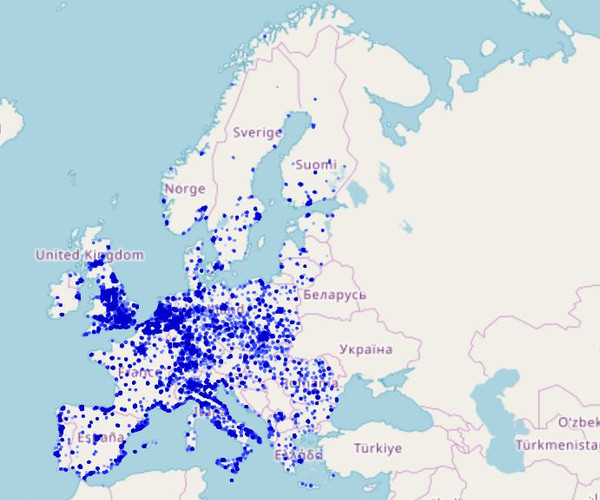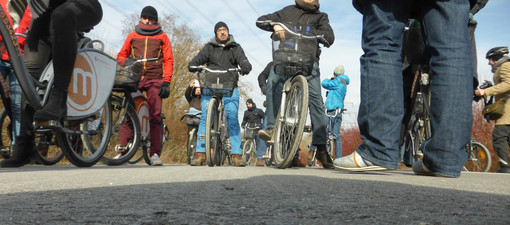Encourage and enable commuters to swop the car for the bicycle

We are developing and promoting cycle highways as an effective and cost-efficient low- carbon solution for commuting in urban employment belts across North West Europe.
Towns and cities are struggling with high GHG-emissions as a result of a car-dependent culture across the region. Cycle highways in leading bicycle nations such as the Netherlands and Belgium are already popular with commuters but they could be utilised further. Countries such as the UK and Germany lag behind and often cycling routes are seen mainly for leisure or tourism when they can be vital infrastructure for daily mobility.
The Belfast project in Northern Ireland focuses on the main commuting corridor from the east of the city at Dundonald into the city centre. This is an Air Quality Management Area due to high levels of pollutants from traffic. Running parallel to the main arterial route – the Upper Newtownards Road – is a seven-mile traffic-free cycle highway known as the Comber Greenway.
Sustrans' aim is to increase the number of utility cyclists commuting along the greenway. The public face of the project is an Active Travel Hub at the Holywood Arches, where the Comber Greenway interfaces with another cycle highway, the Connswater Greenway.
The first step of the project involved a survey of workplaces across all the partner areas to identify the issues preventing people from commuting by bike. The barriers differed across the different countries where cycling infrastructure varies. However, the overall main problems related to car traffic leaving cyclists feeling vulnerable.
In Belfast, the weather, such as rain, ice and wind, was ranked as less of a factor than the issue of ‘no direct cycle routes’ and ‘too many cars on the road’.
Sustrans and its European partners have taken the results of the surveys and developed 10 campaigns to tackle the range of barriers.

 Sell
Sell 


